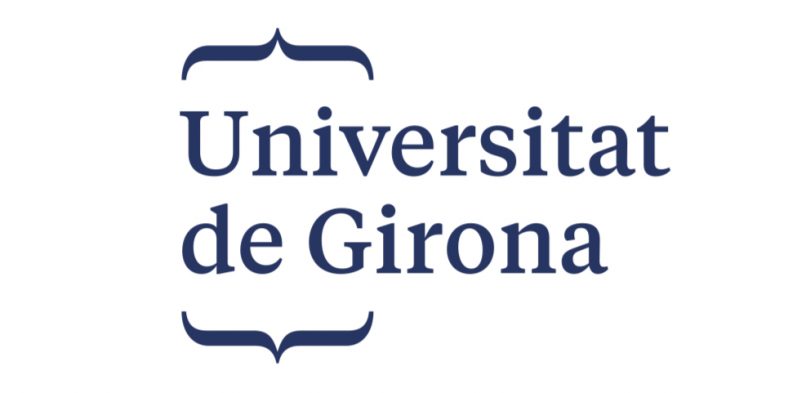Reference: Helena VENTURA, Els gravats rupestres prehistòrics d’estil Tazina del jaciment de Sluguilla Lawash (Sàhara Occidental), PhD thesis, Universitat de Girona, 2019, 614p.
Abstract
Sluguilla Lawash is the site with a higher concentration of open air prehistoric rock art of Western Sahara. It has 1143 engraved slabs with 2087 motifs, among which the 99% have an incised stroke, with a dark desert varnish and have been classified as Tazine style. For its study the site has been divided into 42 sectors that comprise an approximate area of 40 km², 40 km long by 1 km wide, located on the right bank of the wadi Lawash-el-Tel·li.
Among the most abundant motifs are animal figures such as aurochs, rhinos, elephants, giraffes, antelopes, ostriches, warthogs or felids. To a lesser extent there are human representations, spirals, ovals, tribal marks of camels, signs of the Saharan alphabet, boards for board games, masks and weapons such as axes, throwing sticks, bows and arrows.
The chronological proposal of the site range between 6500 BP, the time of the arrival of sheep or goats and domestic dogs in the Western Sahara, until the 3500 BP by the absence of depicted of horses. These chronologies are adjusted with the engravings of Metgourine axes resulting from the introduction of the metallurgy around the 3800 BP as well as with the last wet stadium of the Holocene of the Sahara region, between the 7500 BP and the 5000 BP.
